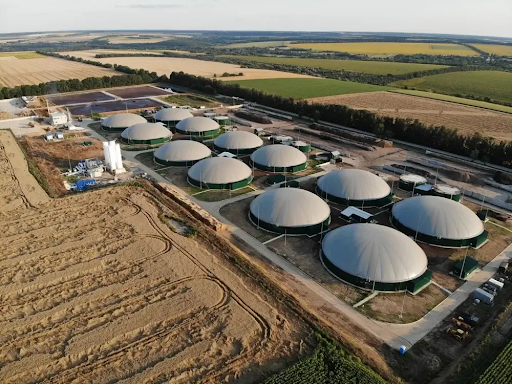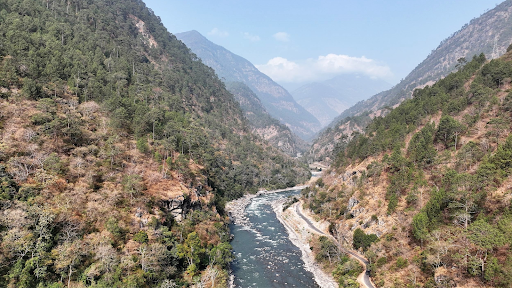




Disclaimer: Copyright infringement not intended.
Delhi Environment Minister requested the Centre's approval for artificial rain to combat the city's 'severe plus' air quality.
Cloud seeding is an artificial way of inducing moisture in the clouds to cause rainfall. It is a form of weather modification. It is a technique used to modify weather by releasing silver iodide (AgI) into the atmosphere to facilitate the formation of ice crystals, enhancing the cloud's ability to generate rain. Silver iodide aids in the creation of ice nuclei in clouds, which are necessary for artificial rain to occur.
Right atmospheric conditions with plenty of clouds that are capable of rain is required for cloud seeding. Clouds form from the condensation of invisible water vapor on nuclei from dust, pollen and salt from ocean spray. Cloud seeding increases the number of these available nuclei. Raindrops or ice crystals might not form without these added nuclei.

Cloud-seeding has not yet been implemented in India as a method to improve air quality. While IIT Kanpur had planned to experiment last year, it has been conducting test runs along the Western Ghats since 2018, though the impact on air quality has not been evaluated.
In December 2023, cloud-seeding was carried out in Lahore, Pakistan, which led to an improvement in the Air Quality Index (AQI) from 300 ("poor") to 189 ("moderate").
Advantages of Cloud Seeding |
Disadvantages of Cloud Seeding |
|
Creates rain. |
Uses chemicals that can harm the environment, especially plants and animals. While silver iodide is not currently known to harm health, future research may alter this understanding. |
|
Regulates water vapor to prevent damage from destructive hail and storms. |
The technique is mostly applied to clouds showing early signs of rainfall, so its actual effectiveness in causing rain remains uncertain. It is very expensive. |
|
Helps save dry places from drought. |
Modifies the weather, which might change climatic patterns. |
READ IN DETAIL
National Capital Region Air Pollution
Reference
Source:

|
PRACTICE QUESTION Q.rain has been proposed as a solution to mitigate water scarcity in arid and semi-arid regions. Discuss the technology behind artificial rain, its potential benefits, and the environmental concerns associated with its use in India. (250 words) |










© 2025 iasgyan. All right reserved